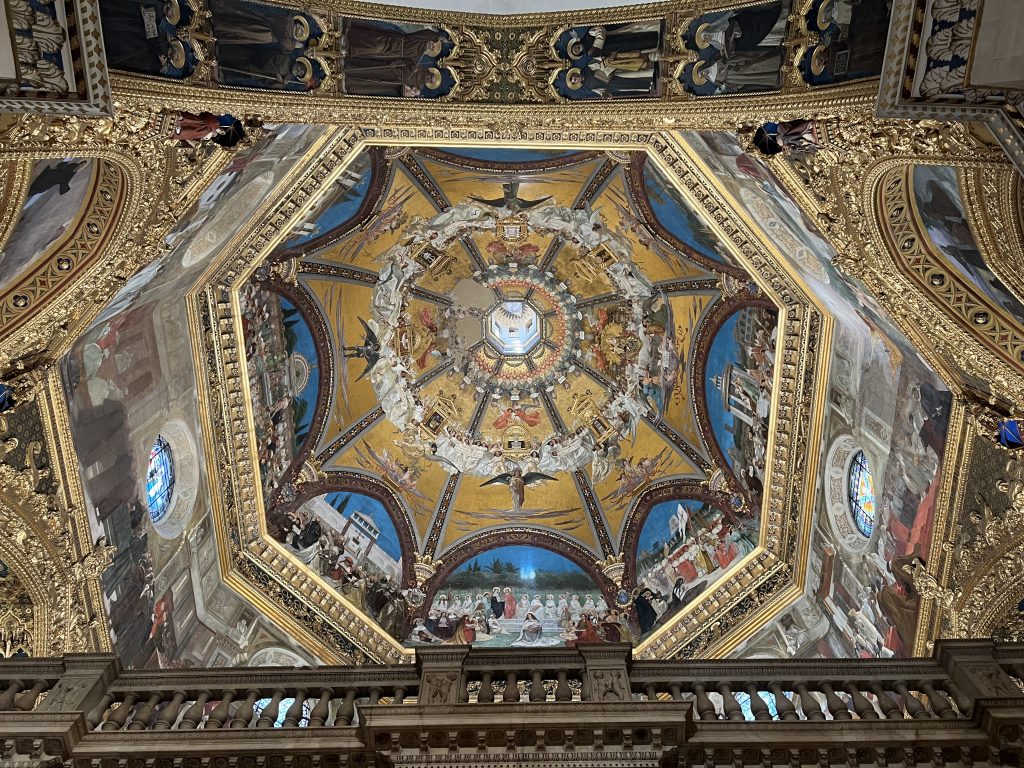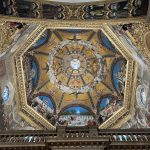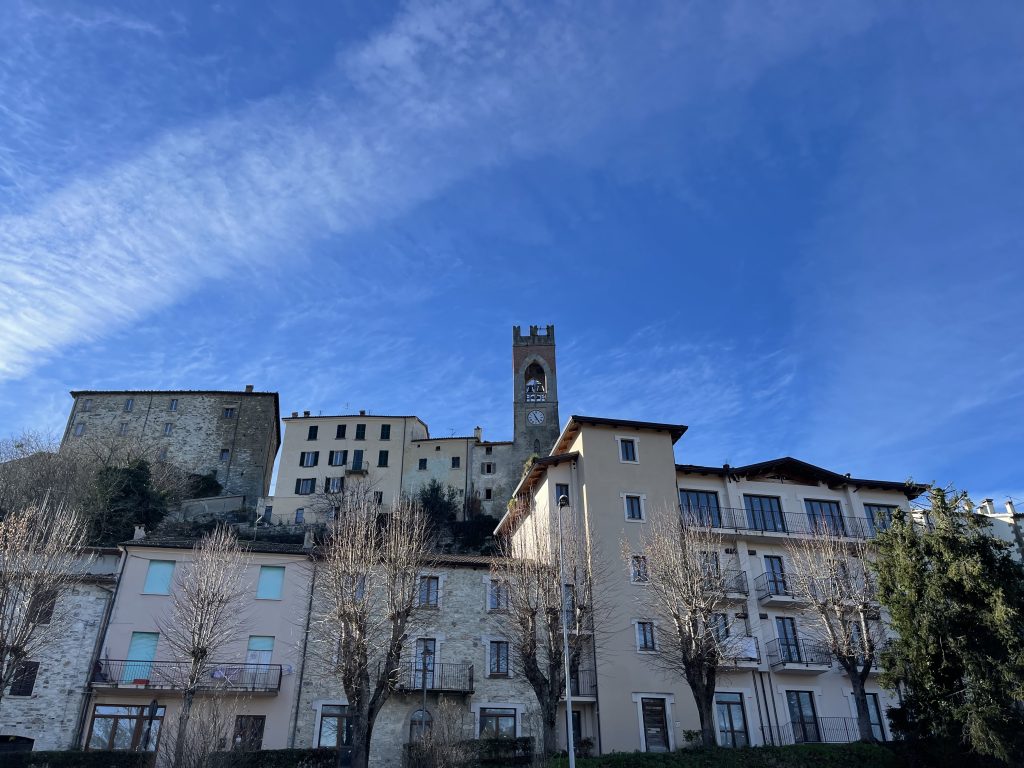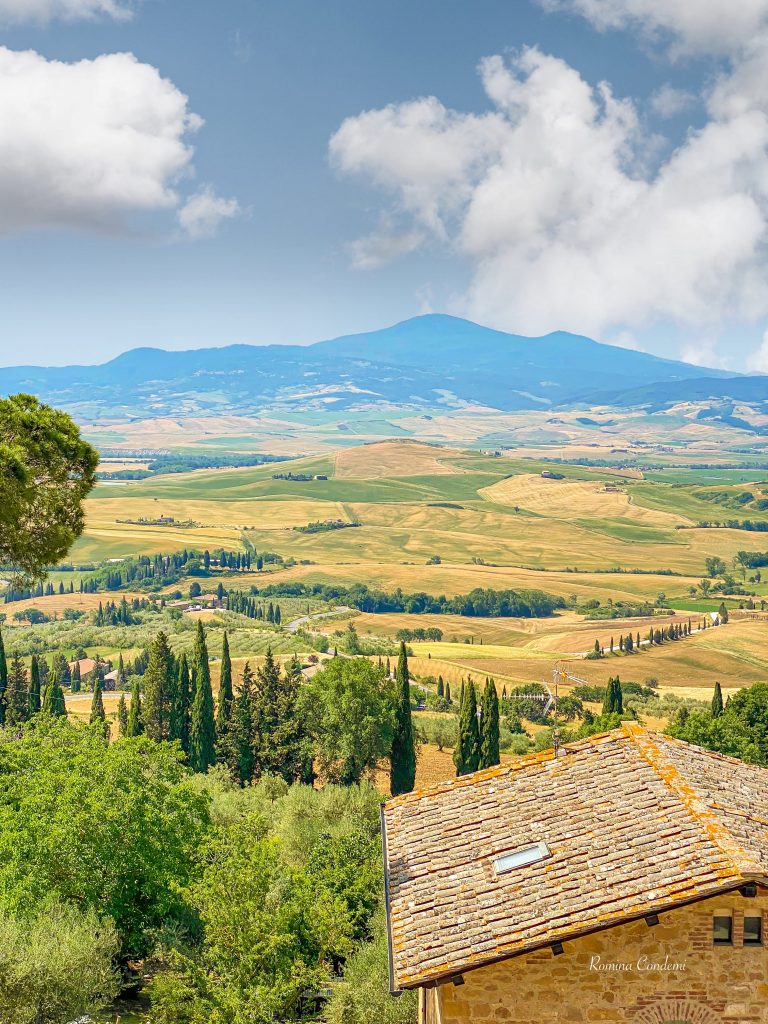Ciao Italian lifestyle lovers! Today’s journey will take us back in time … we will in fact explore an iconic link with different shades, the one between the capital, Rome, and one of the most enduring and richest empires in the ancient world: Egypt.
The result of this intense relationship is still clearly visible around the city, enhanced by the presence of many references and ‘Egyptianizing’ or original Egyptian monuments.

If it is true that, as Herodotus said, Egypt is a gift from the Nile, it is also true that a certain taste for beauty and for life, a rich and multifaceted culture, an immense artistic heritage are the gift of Egypt. in the world. Although Egyptian culture has influenced various Mediterranean peoples starting from the second millennium BC, the first to show interest in Egyptian objects and their intrinsic characteristics were the Romans. The fascination aroused by these masterpieces was mostly linked to the veneration of the divinities of Alexandria, Isis and Serapis, whose cults spread in Rome very quickly and long before the annexation of Egypt to the Roman Empire, which took place in 30 AD, shortly after. the death of the last queen of Egypt, Cleopatra VIII.

It was the conquest of Egypt that paved the way for the importation of antiquities. Everything that was imported into Rome was used like public monuments or as decorations for houses and gardens, as well as serving as an ornament for those temples dedicated to the Alexandrine divinities (such as the famous Iseo Campestre). Overall, towards the middle of the 4th century BC, Rome could boast numerous obelisks and a huge variety of sculptures. It is singular that these monuments in the capital constituted the only visual source of Egyptian art for the West until the 18th century.
It was some time before, however (around the sixteenth century) the awakening in Rome for the interest and inspiration for the ancient Egyptian culture, a feeling often referred to as “Egyptomania. Here, the archaeologists of the time gradually began to find all those Egyptian finds buried for centuries and to question themselves about the meaning of the hieroglyphs, as well as about the nuances and meanings of that millenary culture. The greatest interest was obviously that generated by the numerous and majestic obelisks.

Of considerable interest is the fact that it is Rome, currently, the city that preserves the most obelisks in the world, as many as thirteen ‘survivors’ in all, plus (perhaps) one legendary survivor with a much debated existence, which according to some clues and sources it would still lie buried under the area of San Giovanni in Laterano. Of these thirteen obelisks in the city, the tallest of all – as well as being the tallest in the world (still standing) – is the Lateran, in Piazza di San Giovanni in Laterano. The smaller one, however, just 5.47 m high, is located in Piazza della Minerva, resting on a beautiful marble elephant made in 1667 by Gian Lorenzo Bernini.


If for the Egyptians the obelisks had a purely religious meaning, for the Romans they were only a testimony of their dominance and greatness. It is even thought that in the beginning there were at least 50 specimens in the city. These fell into ruin at the end of the Roman Empire, and their rediscovery was a great merit of several popes with important urban interests. In the Renaissance they underwent a process of ‘new glory’, in fact, in addition to becoming essential reference points for the new urban layout of the city, they were also “Christianized”, thanks to the insertion of crosses and statues.
From a museum point of view, in Rome there is a huge variety of artifacts from Ancient Egypt. The main collections are exhibited at the Gregorian Egyptian Museum, inside the Vatican Museums, and at the Giovanni Barracco Museum of Ancient Sculpture. A small themed room, called the ‘Egyptian Room’ is also present in the Capitoline Museums. In addition to these, some Egyptian finds can also be found at the National Roman Museum.
Both the collections of the Vatican Museums and of the Barracco are particularly curated, worthy of note and a visit; The highlight of the first is undoubtedly the rich collection of sarcophagi and small funeral statuary, while as regards the second, what stands out most is the beauty of the late-antique sculpture, with specimens commissioned both for the private sector than for the real one.
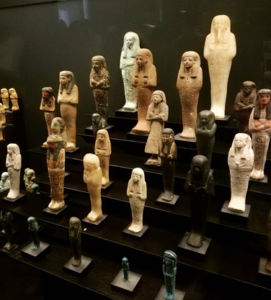
Overall, there are so many anecdotes, peculiarities and curiosities and if you are interested in the subject it is not difficult to find tour operators in Rome who organize ‘Ancient Egypt’ themed tours. On the other hand, we are talking about two ancient cultures similar in size and endurance, whose history, charm and importance is undeniable, as well as difficult to summarize. What is clear and admirable is how much they continue to generate great interest in millions of people around the world and inspire, among other things, even major contemporary high fashion brands.
Camilla Persi
 Roman of Rome, but with parts of the heart scattered between the moors of northern England and the boundless Hungarian plains. In addition to having a degree in Art History, with a specialization in Egyptology, she is passionate about the history of fashion in her contemporary economy. Her career ranges from various museum assignments, a future doctorate in Egyptology in Berlin and continuous collaborations with important Italian and Hungarian fashion institutions.
Roman of Rome, but with parts of the heart scattered between the moors of northern England and the boundless Hungarian plains. In addition to having a degree in Art History, with a specialization in Egyptology, she is passionate about the history of fashion in her contemporary economy. Her career ranges from various museum assignments, a future doctorate in Egyptology in Berlin and continuous collaborations with important Italian and Hungarian fashion institutions.

